
Benign Breast Disease Treatment in Chennai
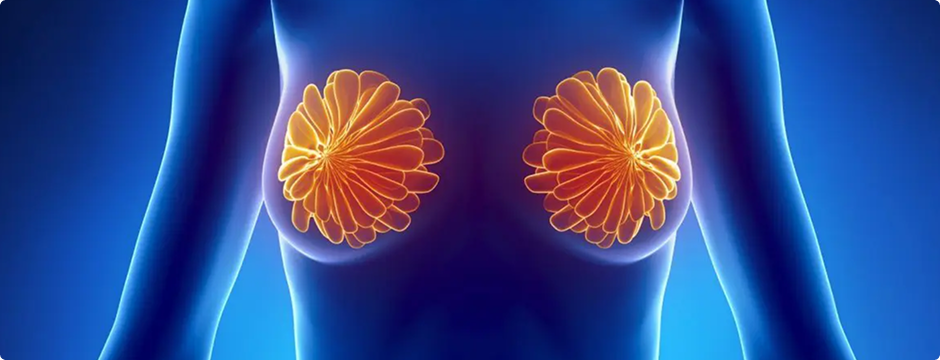
Benign breast diseases encompass a variety of non-cancerous conditions that impact breast tissue. Common among women across all age groups, these conditions can present as lumps, discomfort, or visible changes in breast appearance. While benign in nature, they warrant medical evaluation to exclude potentially serious issues. Dr. Thalavai Sundarram provides expert treatment for benign breast diseases in Chennai, ensuring accurate diagnosis and appropriate care.
Causes of Benign Breast Diseases
Hormonal Fluctuations
Variations in estrogen and progesterone can lead to changes in breast tissue.Fibrocystic Changes
Hormonal influences can result in the formation of lumps or cysts.Infections (Mastitis)
Bacterial infections are often observed, especially in breastfeeding women.Injury or Trauma
Physical impacts on the breast can create lumps or lead to scar tissue.Duct Blockage
Clogged milk ducts can lead to inflammation and pain.Genetic Predisposition
A family history may heighten the risk for specific benign breast conditions.
Common Types of Benign Breast Diseases
Fibroadenomas
Smooth, non-cancerous lumps that are typically mobile.Breast Cysts
Fluid-filled sacs within breast tissue.Fibrocystic Breast Changes
Characterised by lumpiness and tenderness, often linked to the menstrual cycle.Intraductal Papillomas
Small growths in the breast ducts, sometimes causing nipple discharge.Mastitis
Inflammation or infection of breast tissue, frequent in breastfeeding.Lipomas
Soft, slow-growing fatty lumps.
Symptoms of Benign Breast Diseases
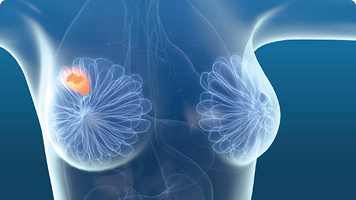
Breast Lumps

Breast Pain (Mastalgia)

Nipple Discharge
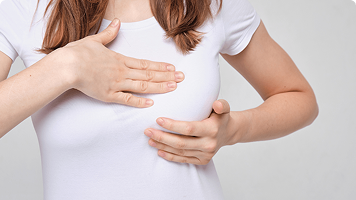
Swelling or Tenderness
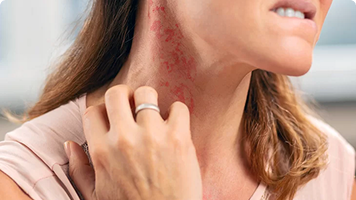
Skin Changes
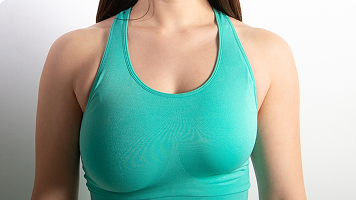
Breast Asymmetry
Diagnosis of Benign Breast Diseases
- Clinical Breast Exam – A thorough physical examination to detect lumps or anomalies.
- Ultrasound – Differentiates between solid masses and fluid-filled cysts.
- Mammography – X-ray imaging to analyse breast tissue.
- Fine-Needle Aspiration – Extracts fluid from cysts for examination.
- Core Needle Biopsy – Samples tissue to establish a diagnosis.
- MRI Scan – Offers detailed imaging for specific cases.
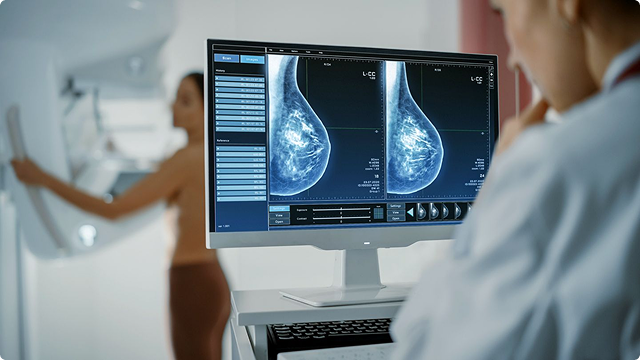
Top Treatments for Benign Breast Diseases
Medications
Pain management and hormonal treatments may be prescribed to alleviate discomfort associated with fibrocystic breast changes.
Cyst Drainage (Aspiration)
For fluid-filled cysts causing discomfort, ultrasound-guided aspiration offers immediate relief and prevents recurrence.
Antibiotics
In cases of infection, such as mastitis, targeted antibiotic therapy effectively reduces inflammation and pain.
Surgical Removal
If benign lumps persist, cause significant pain, or raise diagnostic concerns, a minimally invasive surgical approach may be recommended.
Outcomes of Specialised Benign Breast Disease Treatment
- Effective Symptom Relief – Reduced pain, swelling, and discomfort.
- Prevention of Recurrence – Proper management lowers the risk of recurrent cysts and inflammation.
- Enhanced Breast Health – Regular monitoring ensures early detection of any changes.
- Improved Quality of Life – Patients experience relief from discomfort and reassurance through expert guidance.
Managing Benign Breast Diseases for Optimal Health
Incorporating regular self-exams, routine screenings, and maintaining a healthy lifestyle can facilitate the early detection and effective management of benign breast conditions. Should you notice any unusual changes in your breasts, do not hesitate to consult a healthcare provider for accurate diagnosis and tailored treatment.


